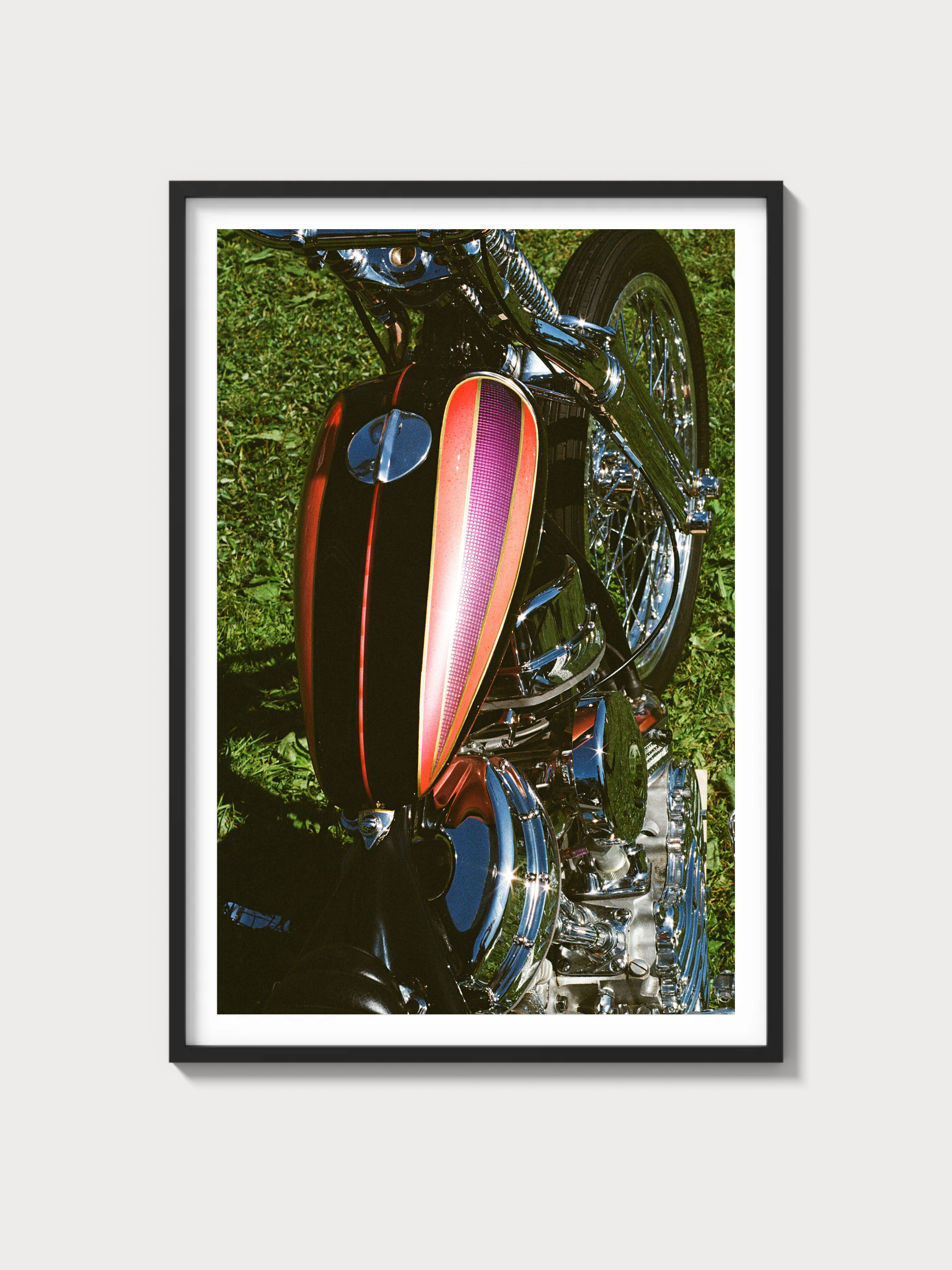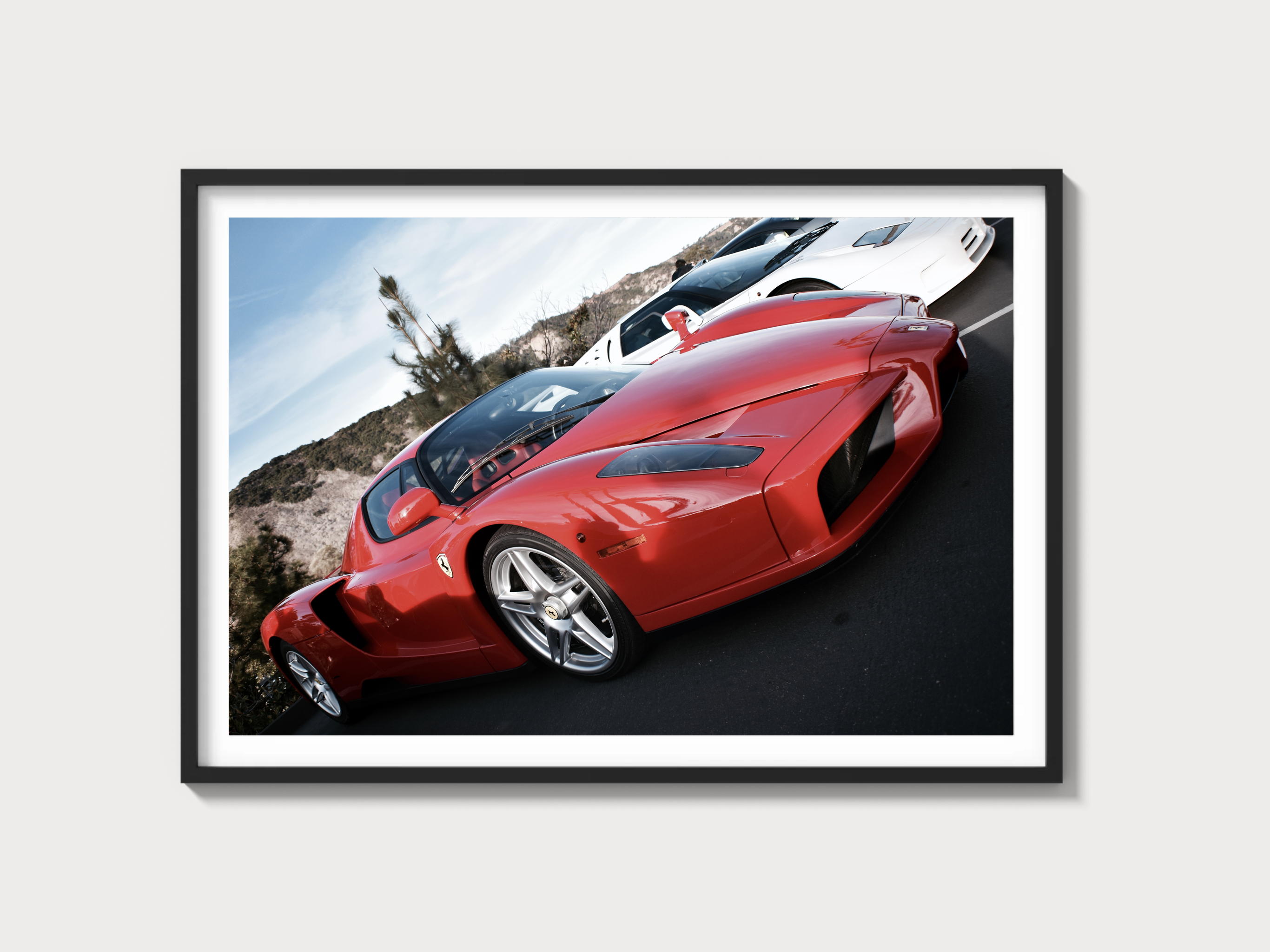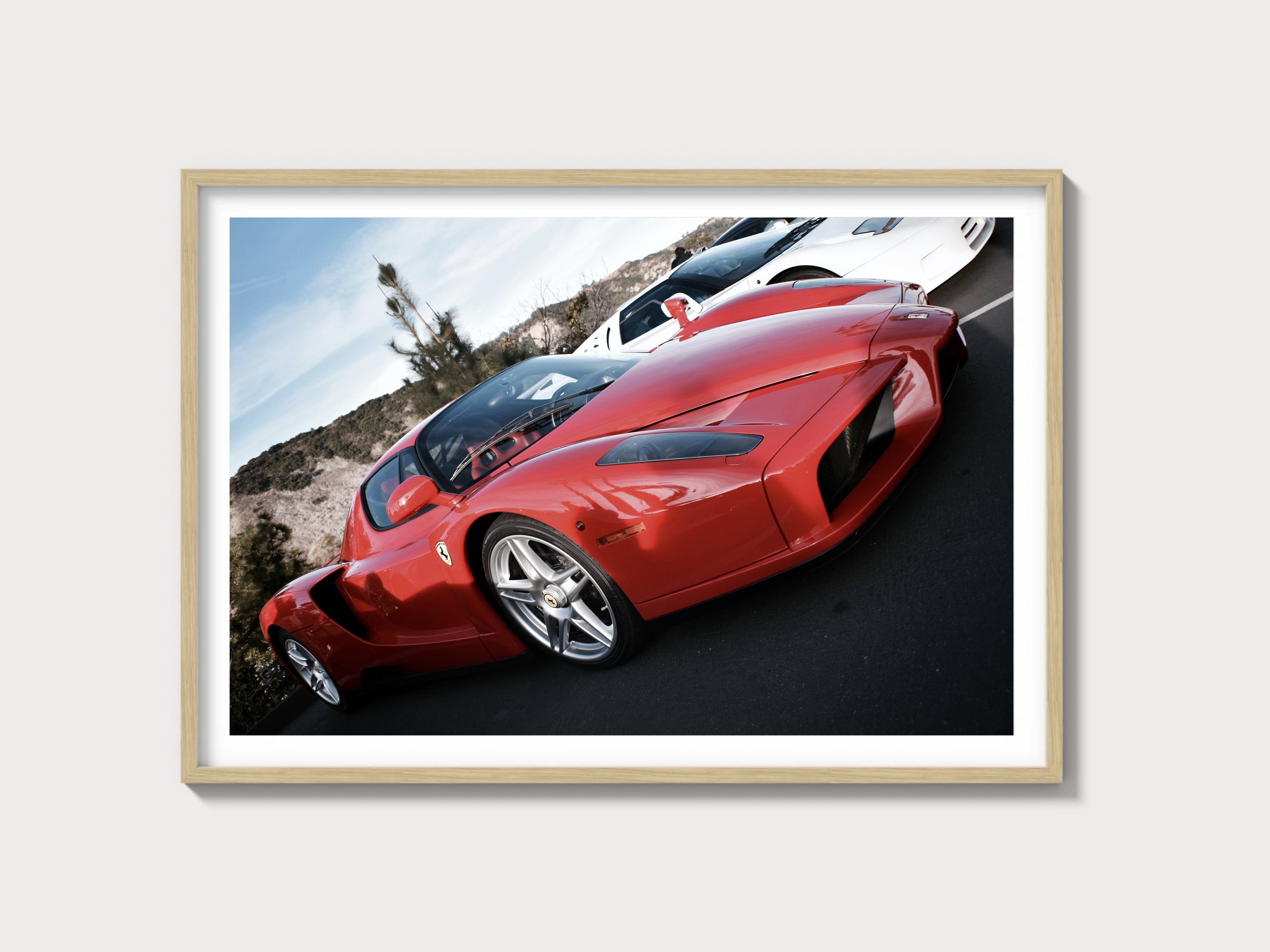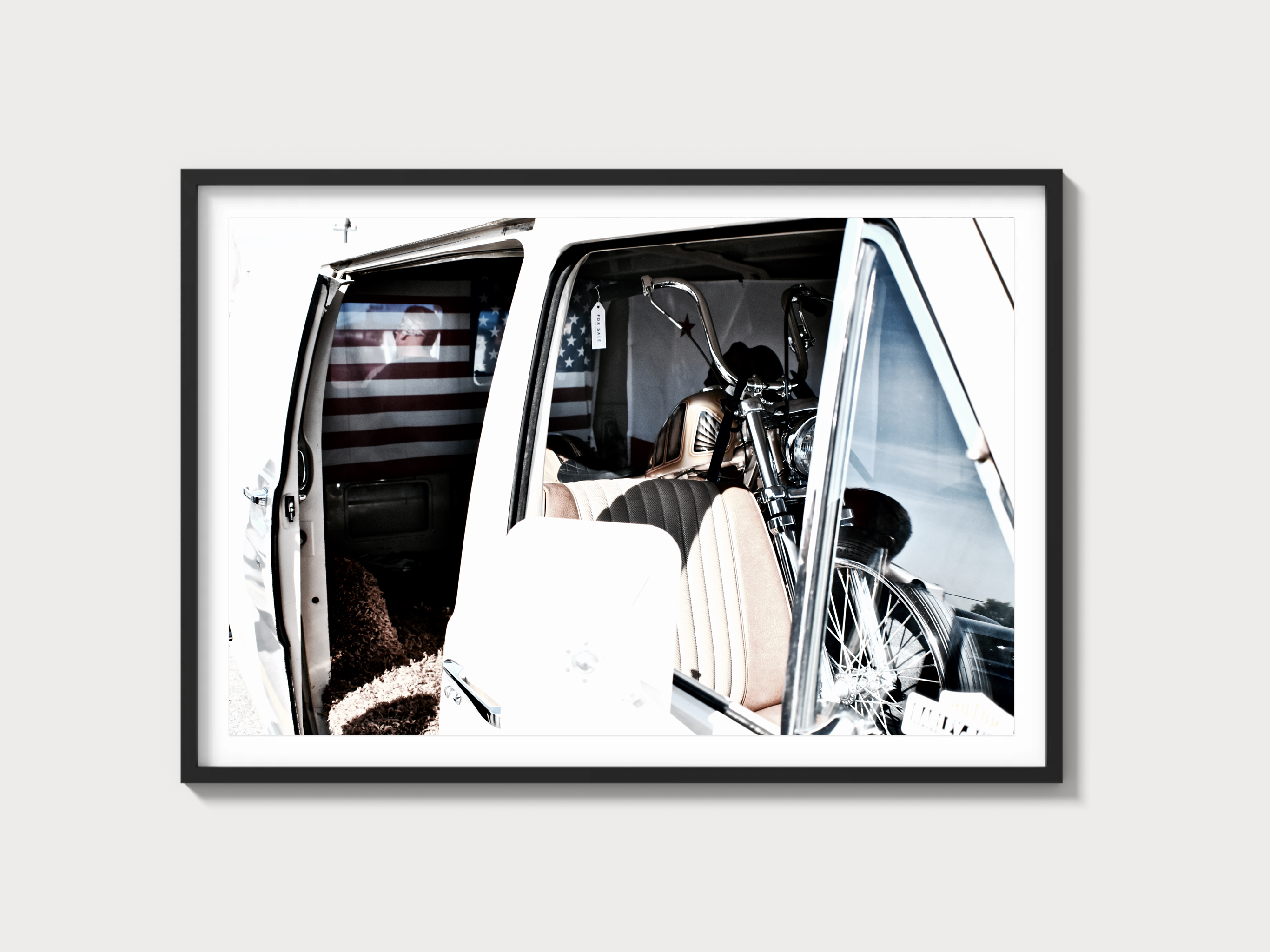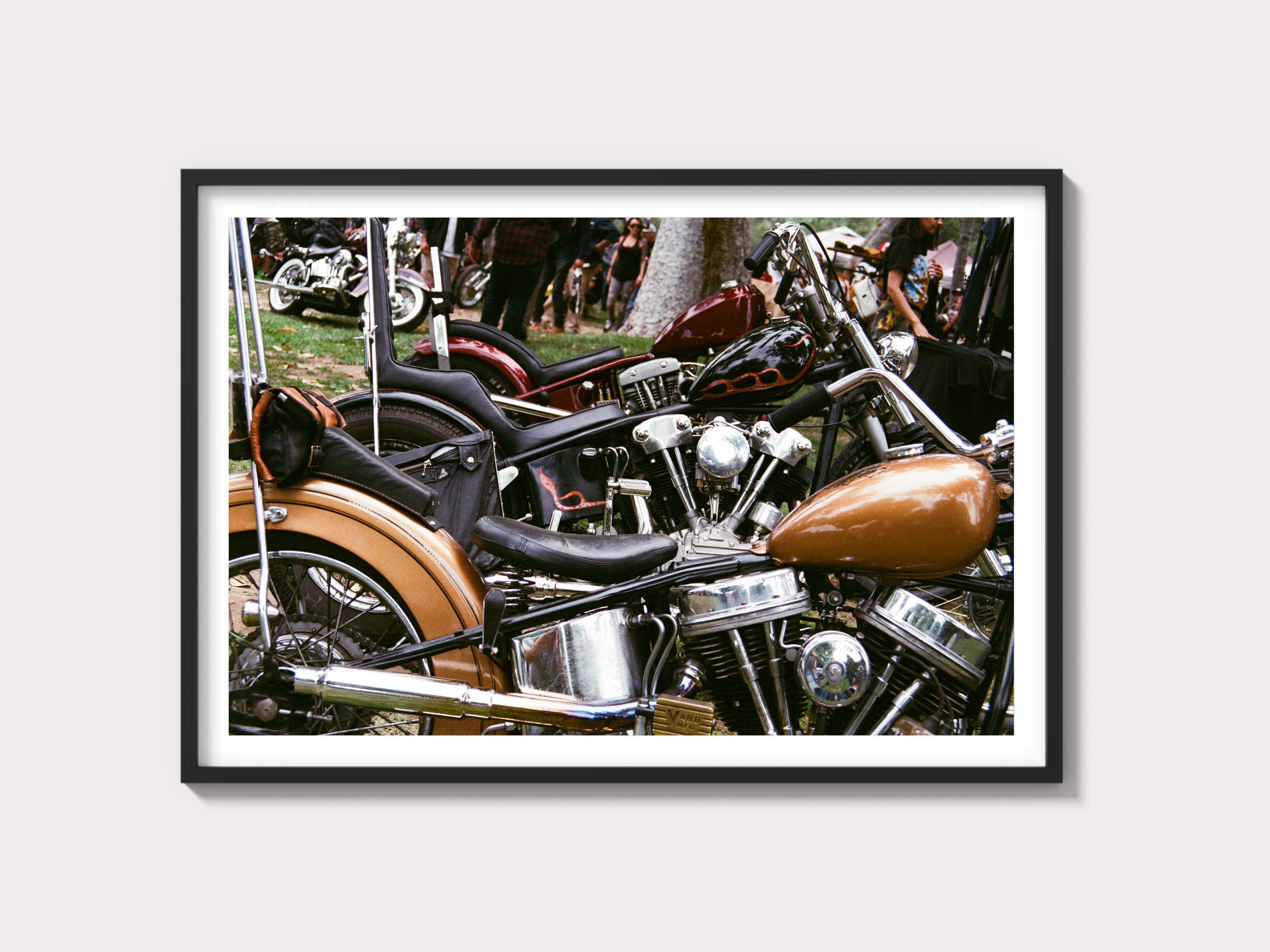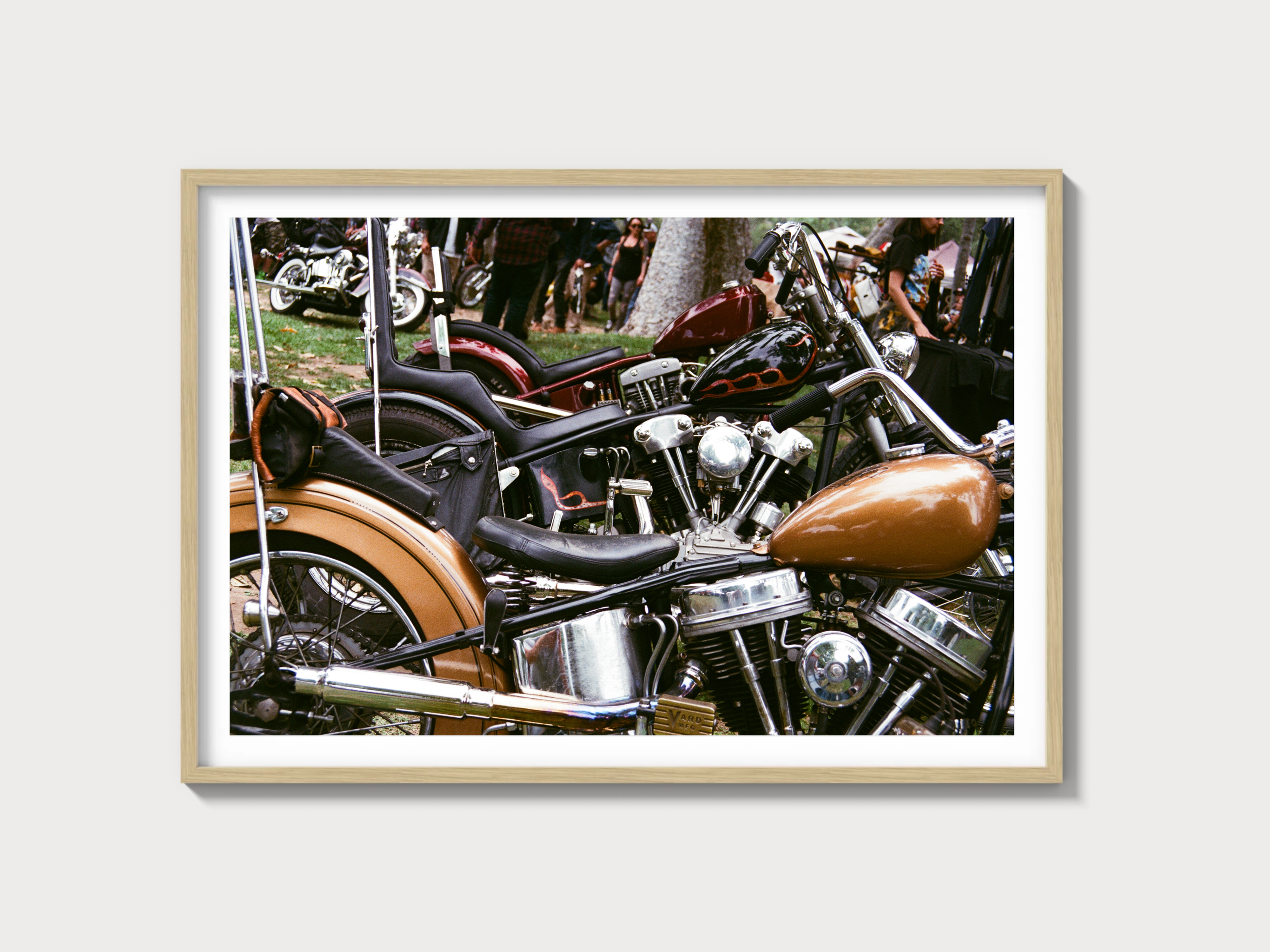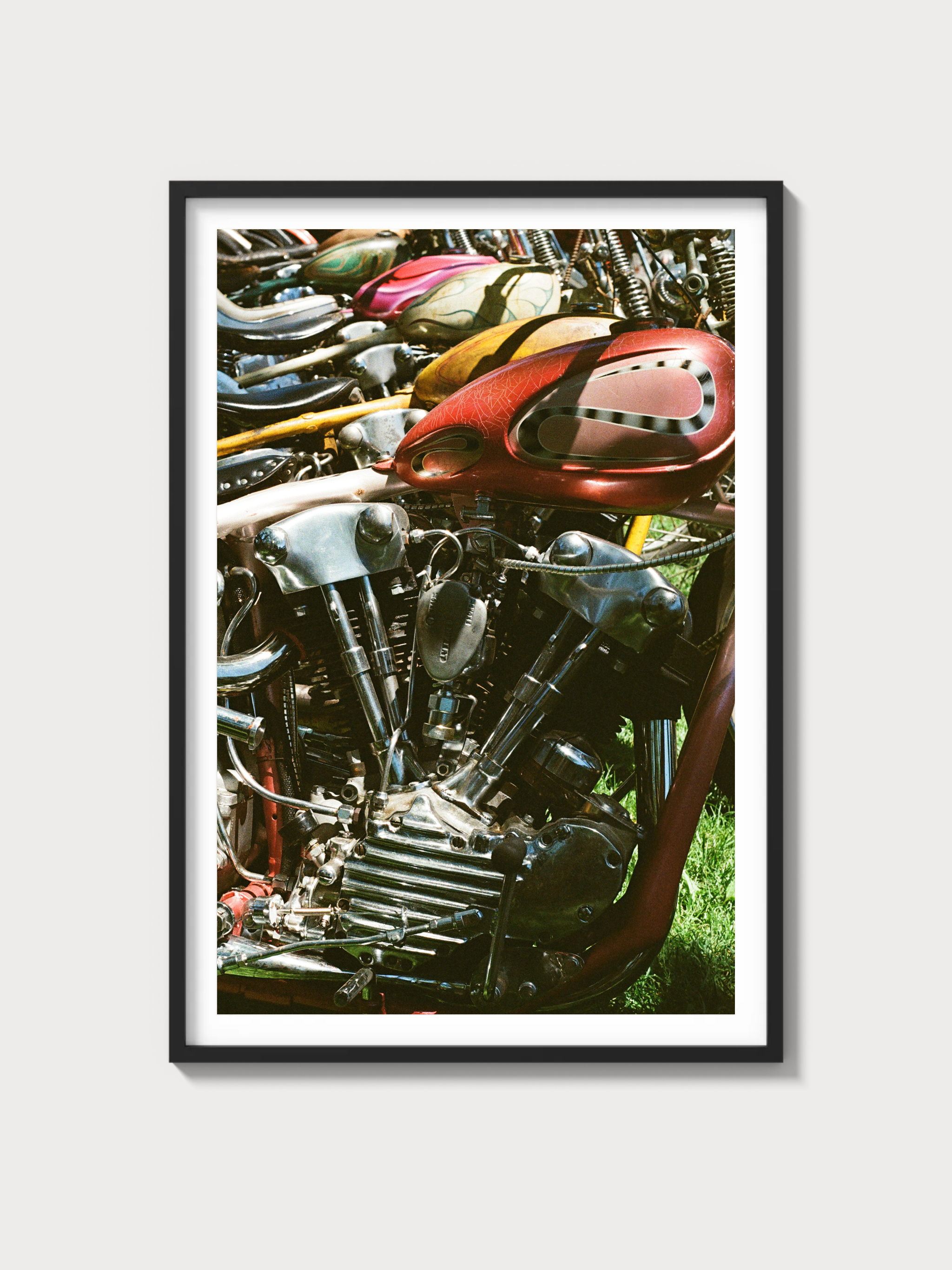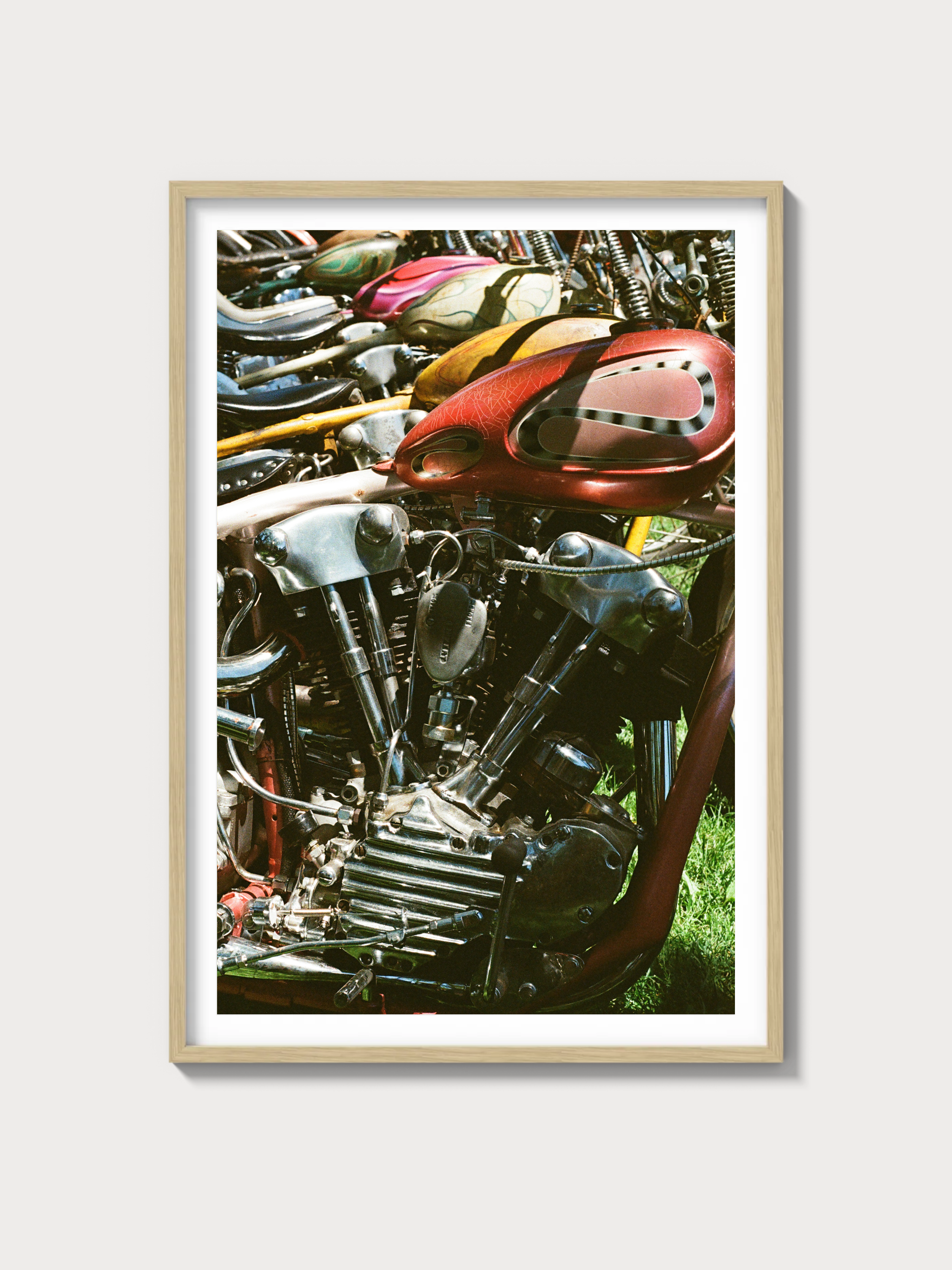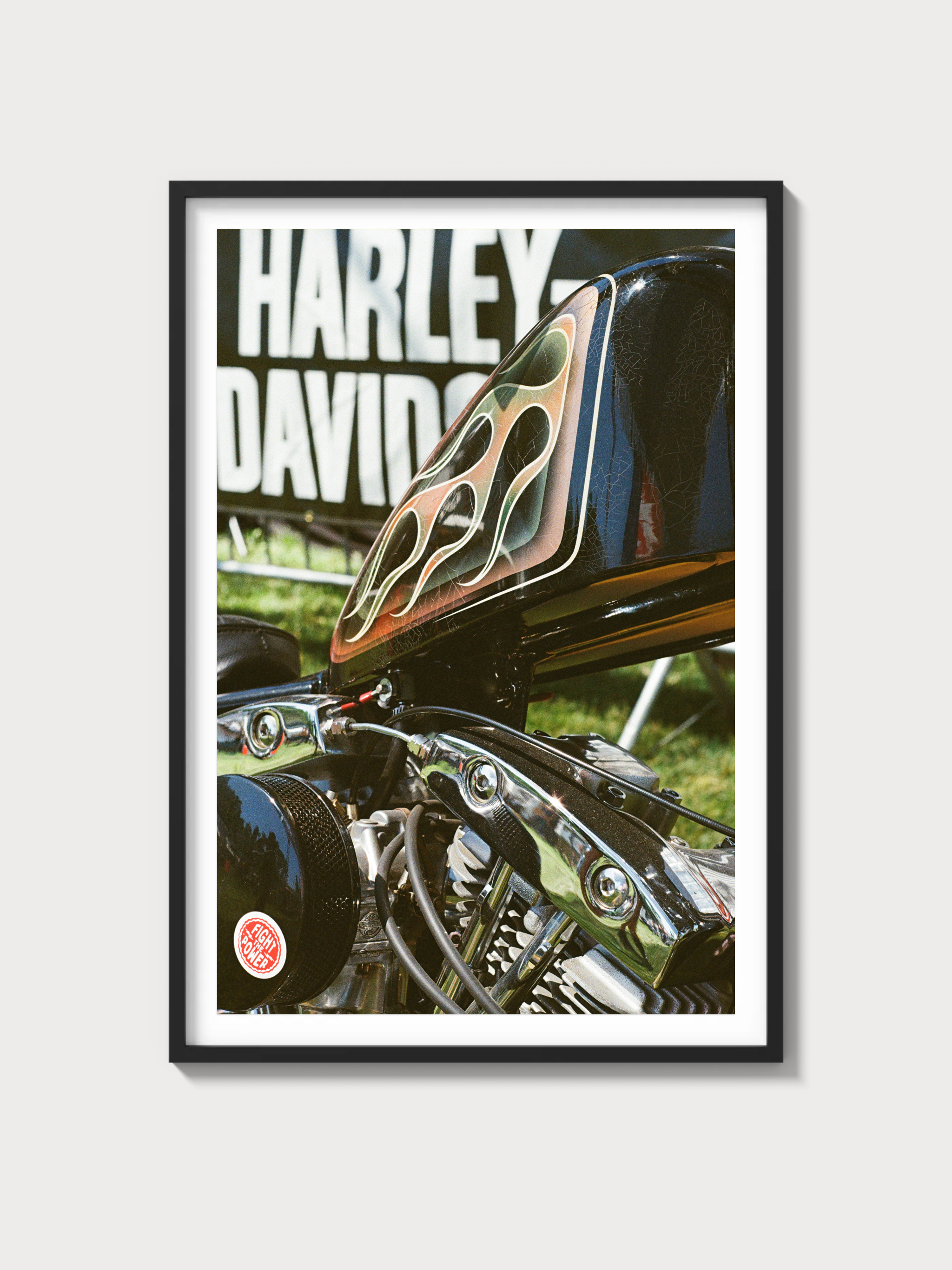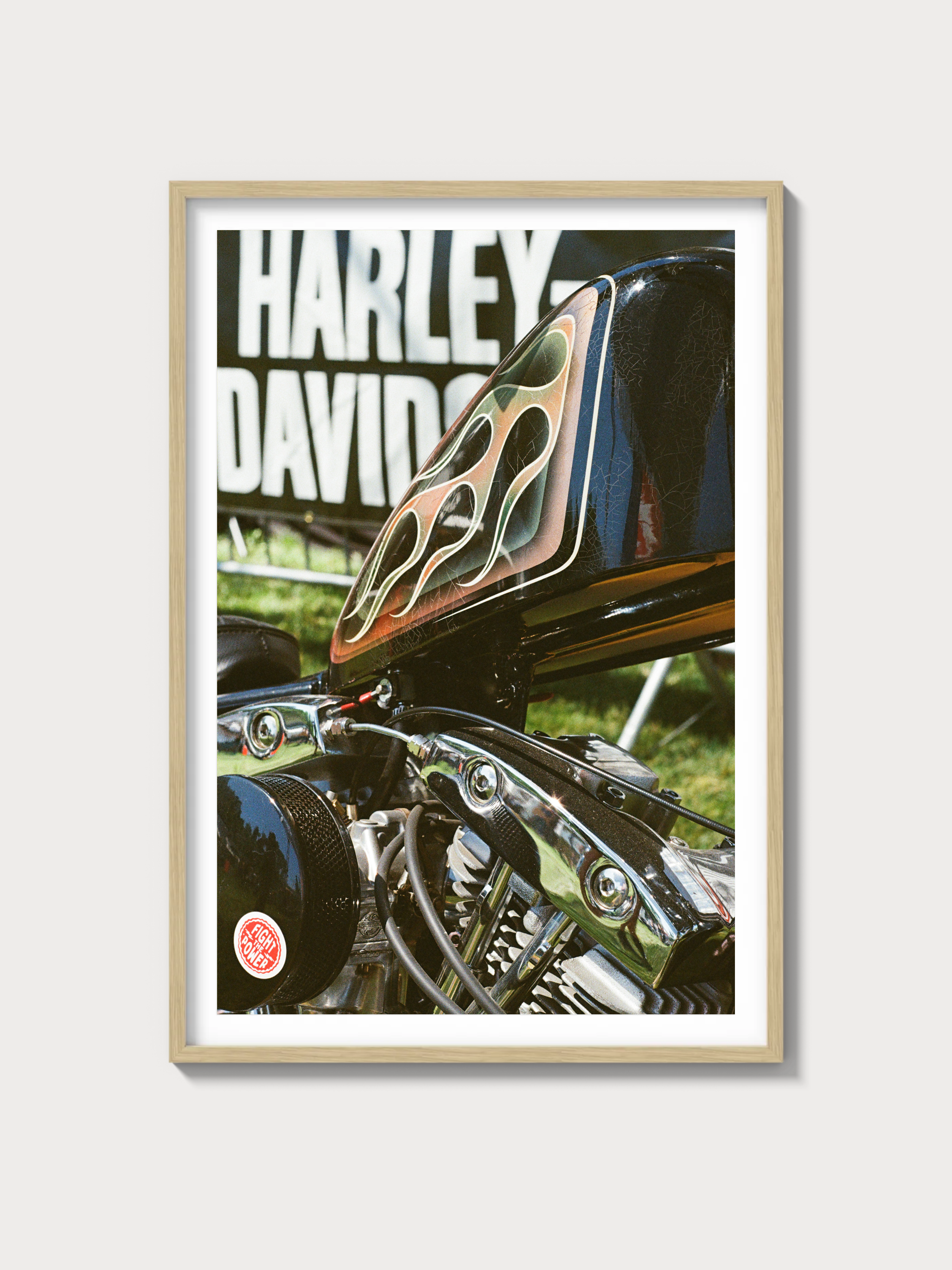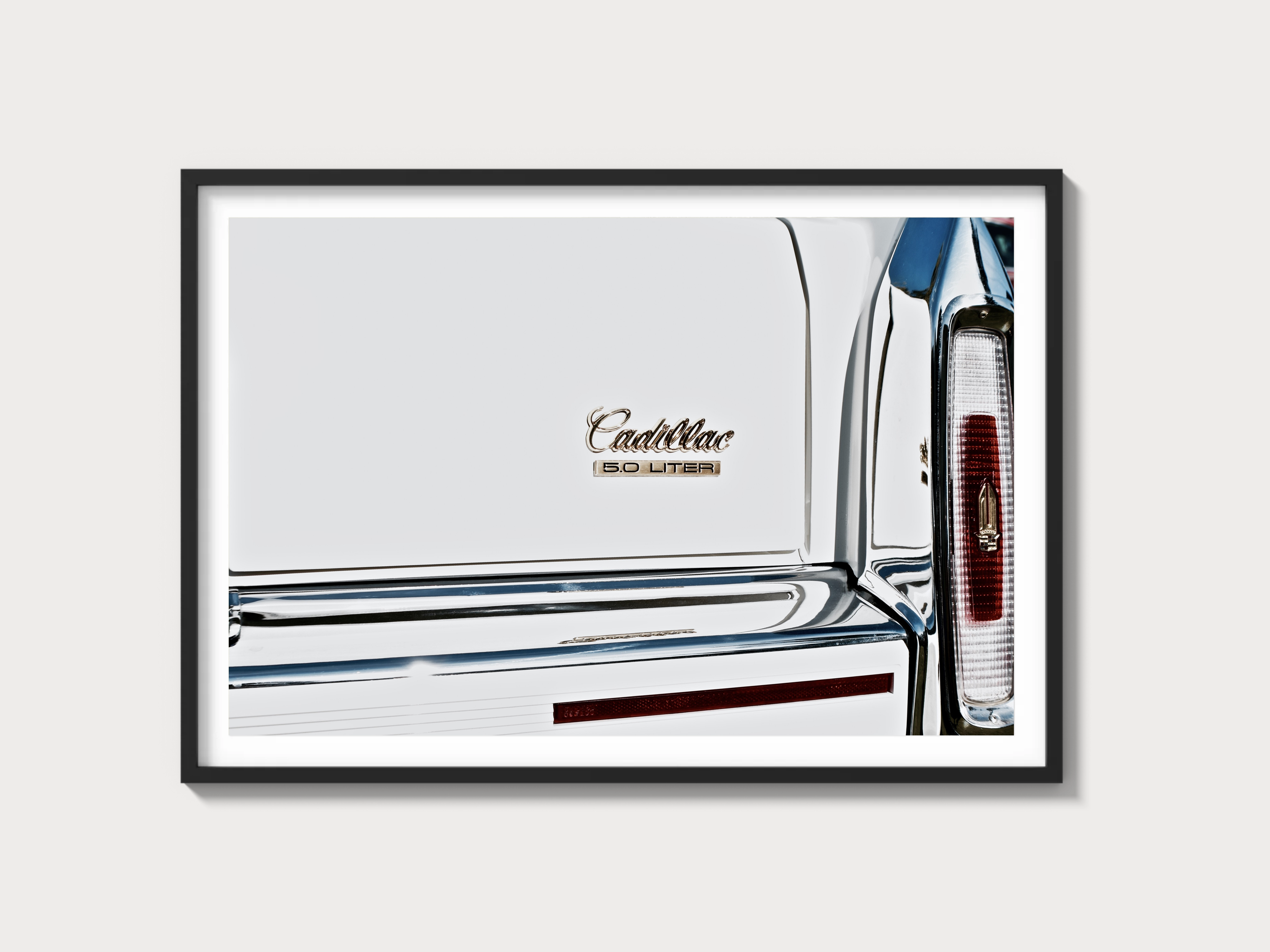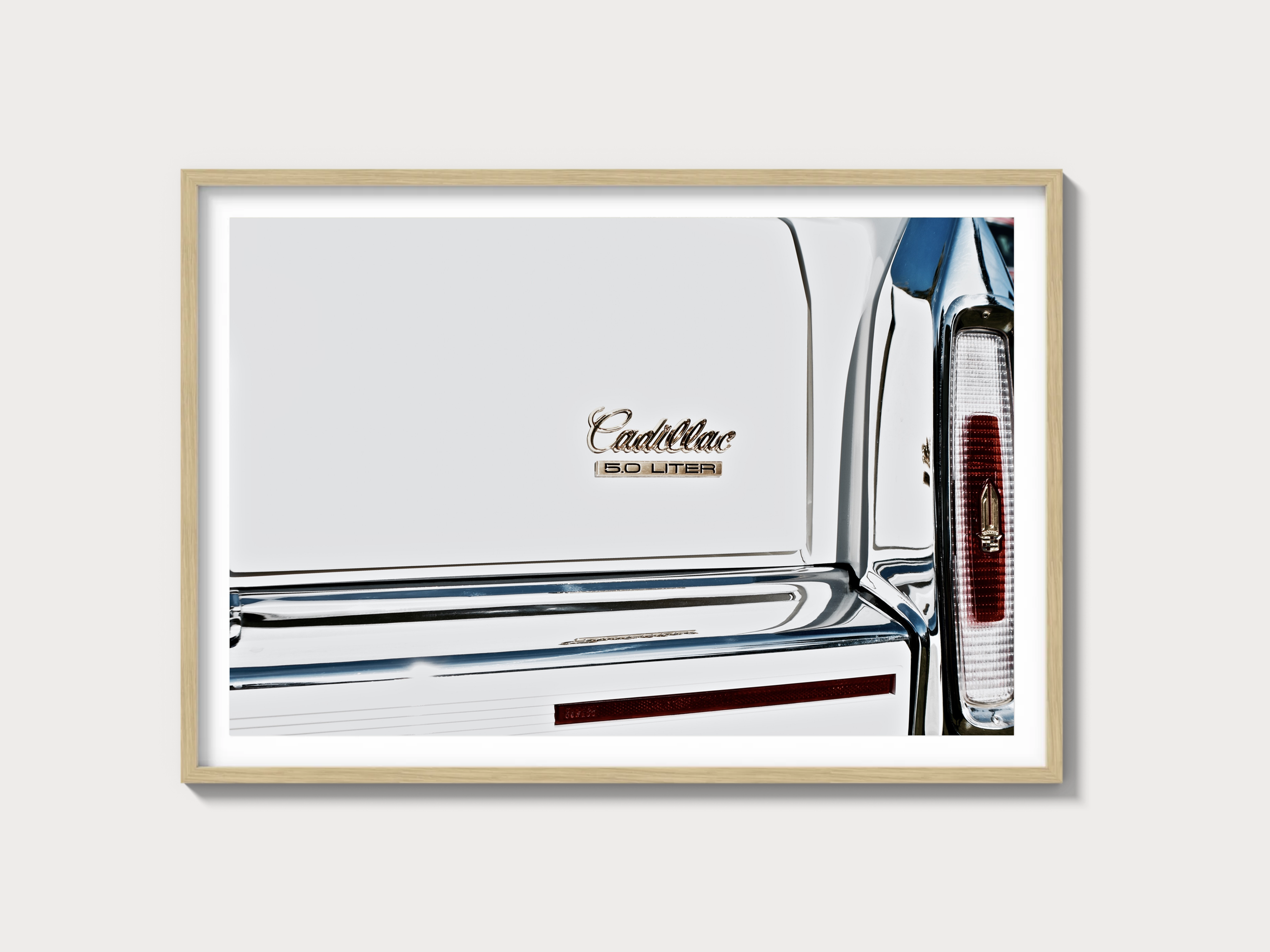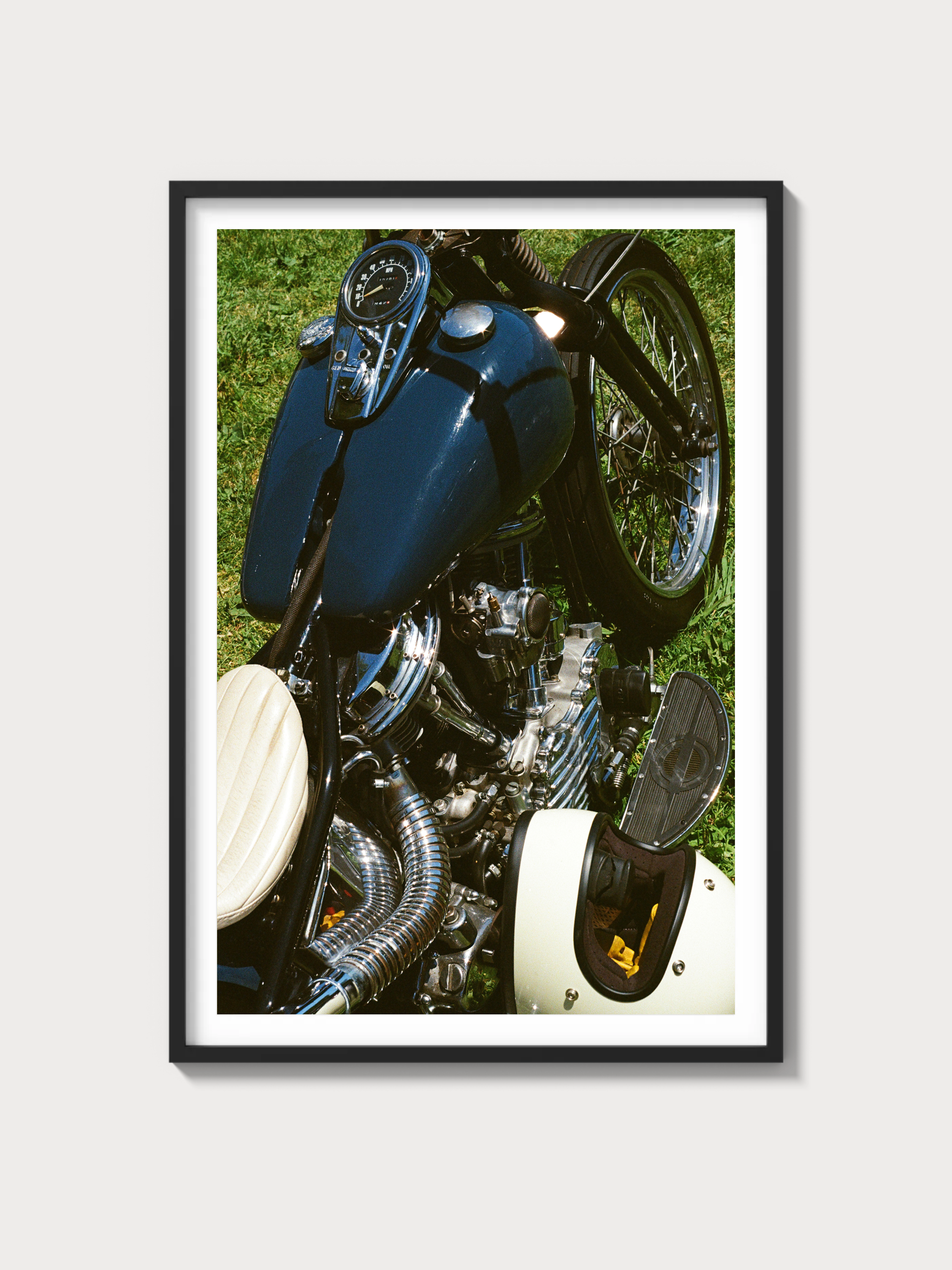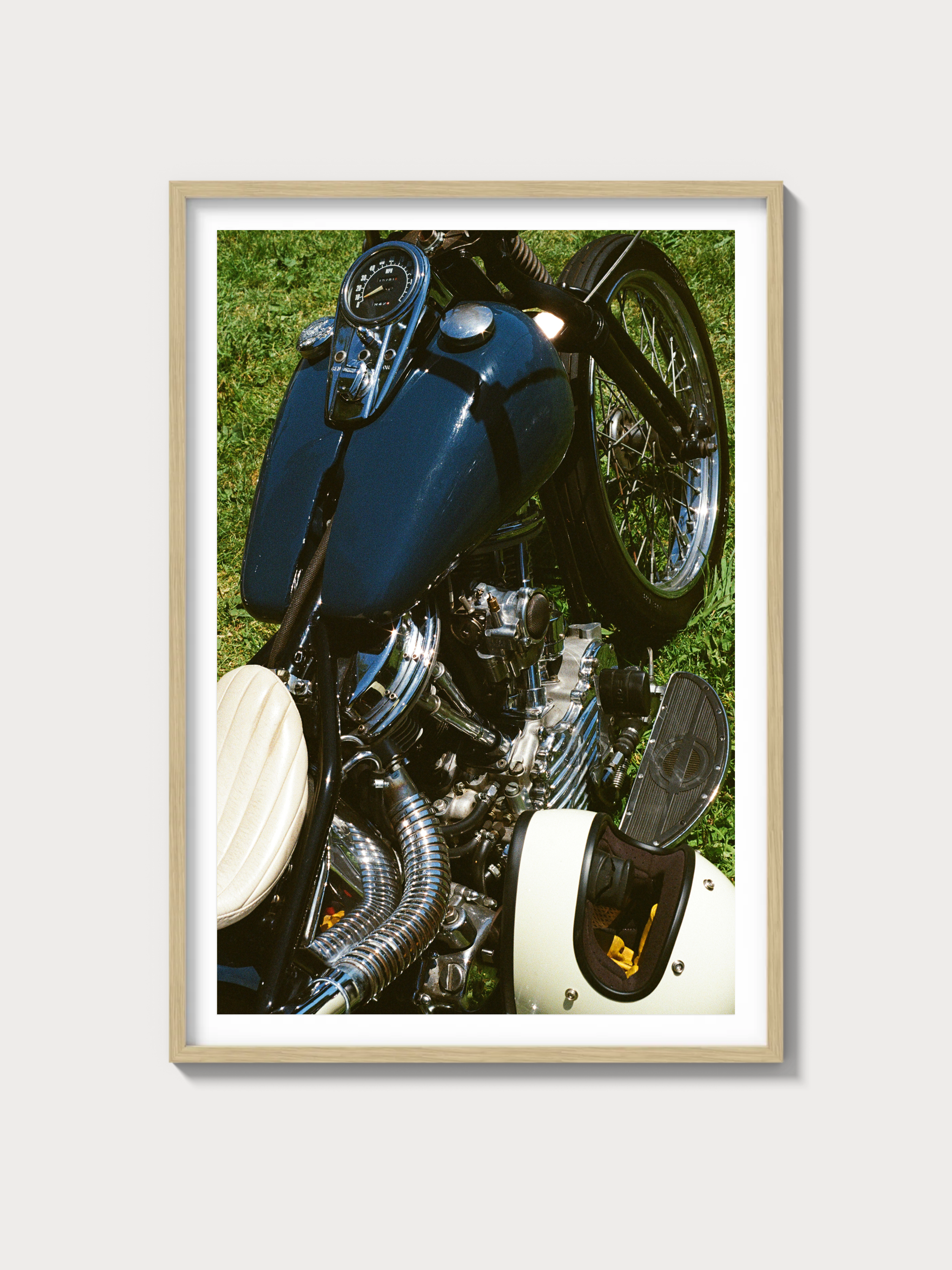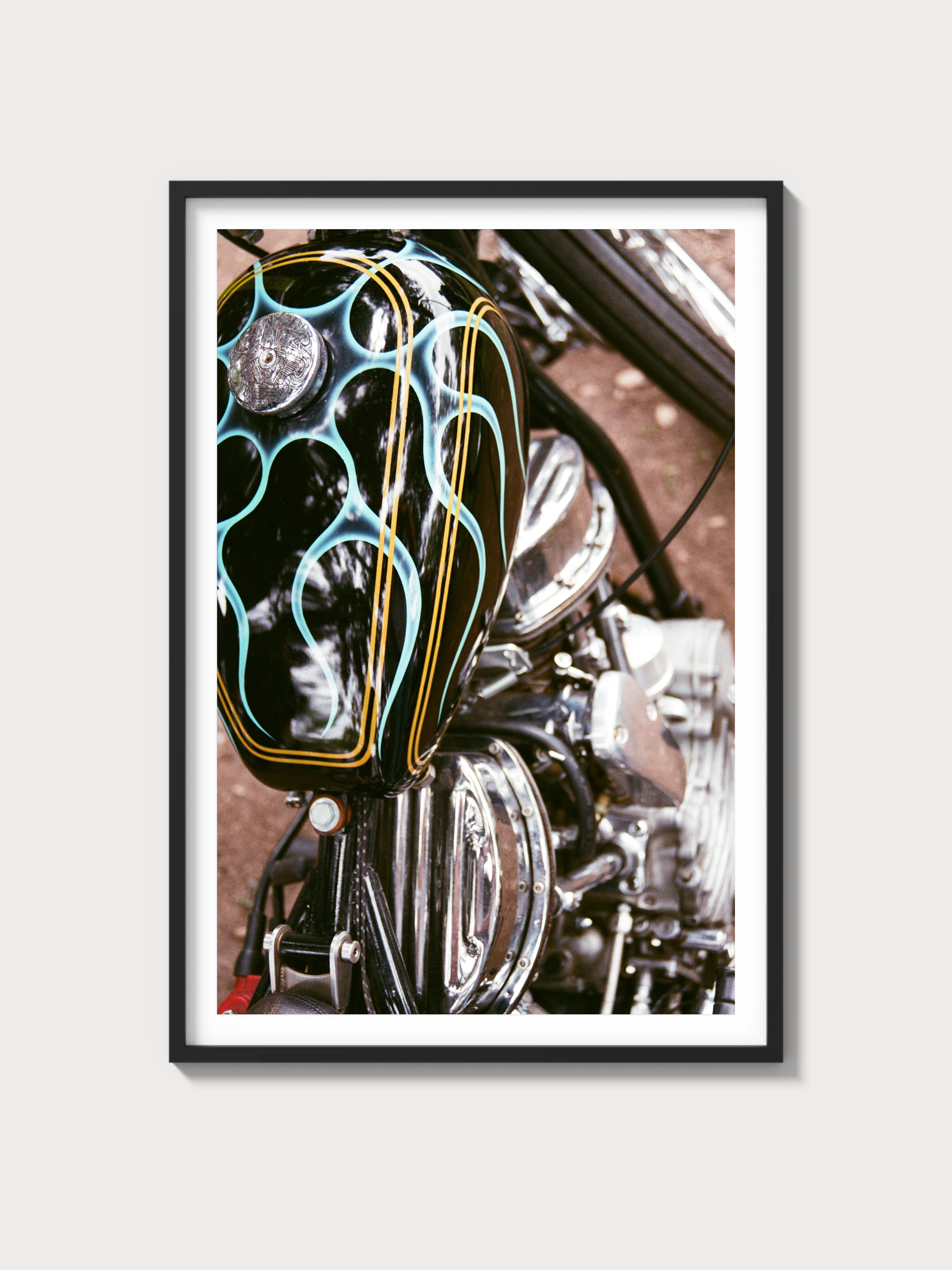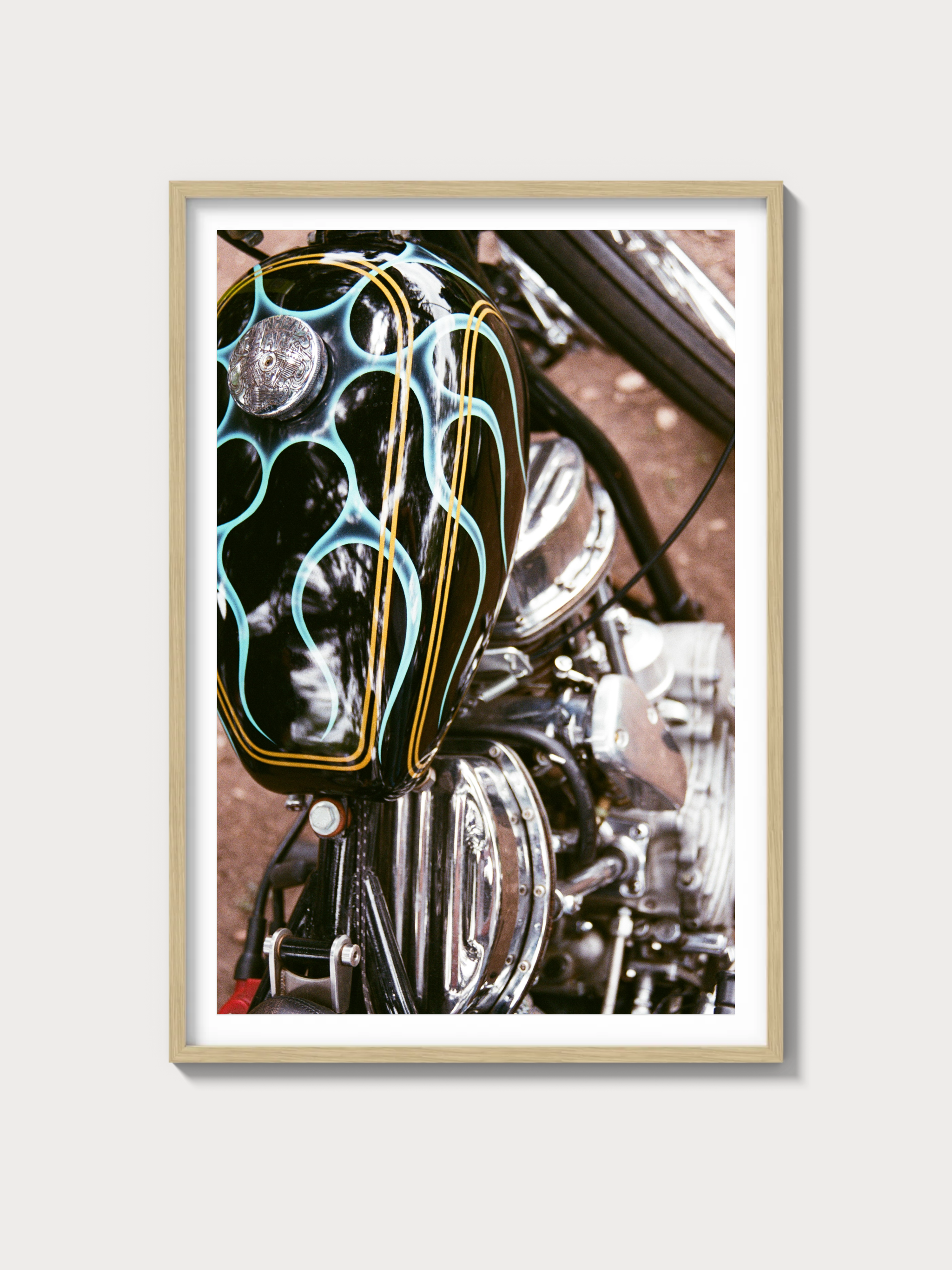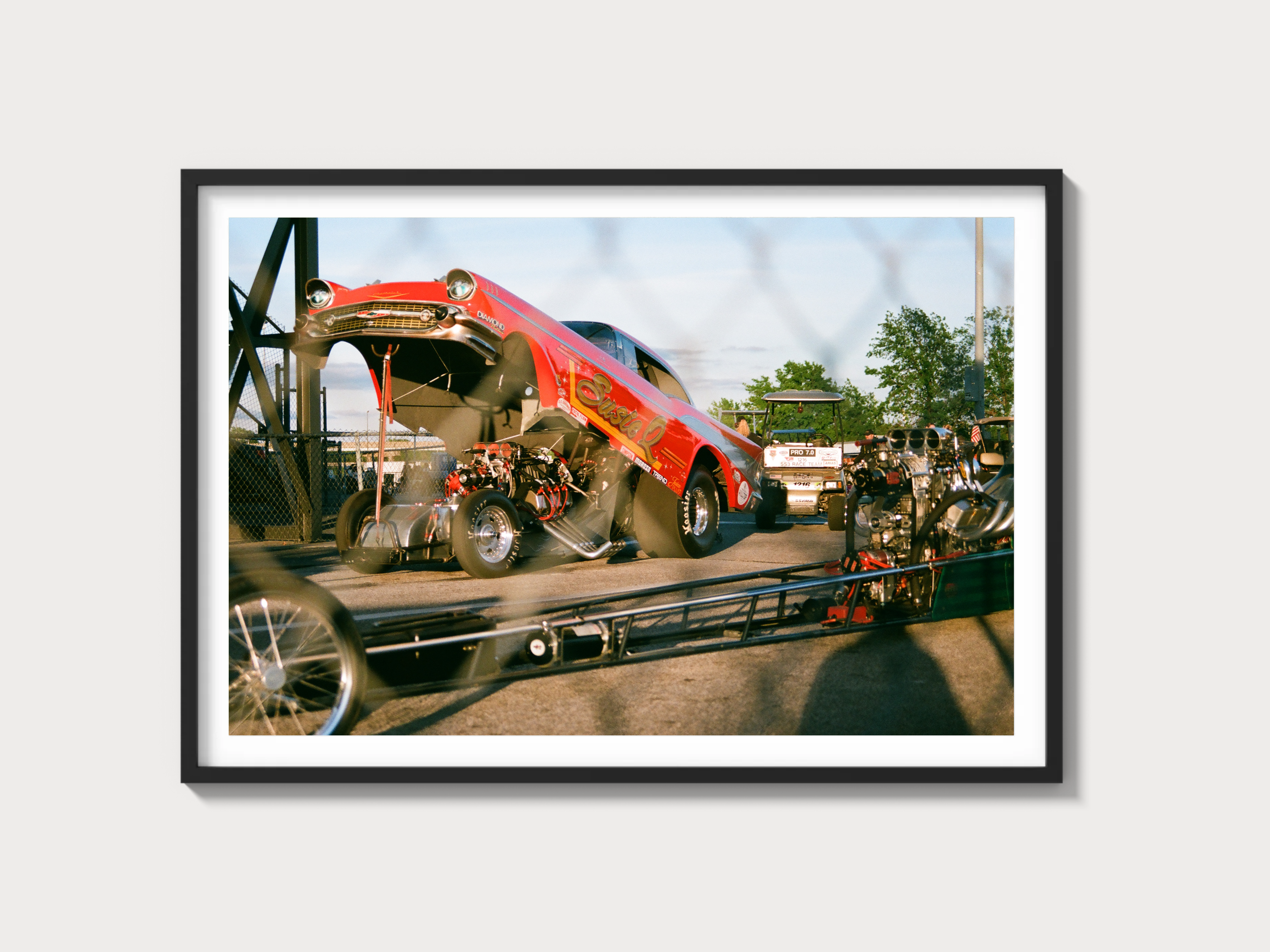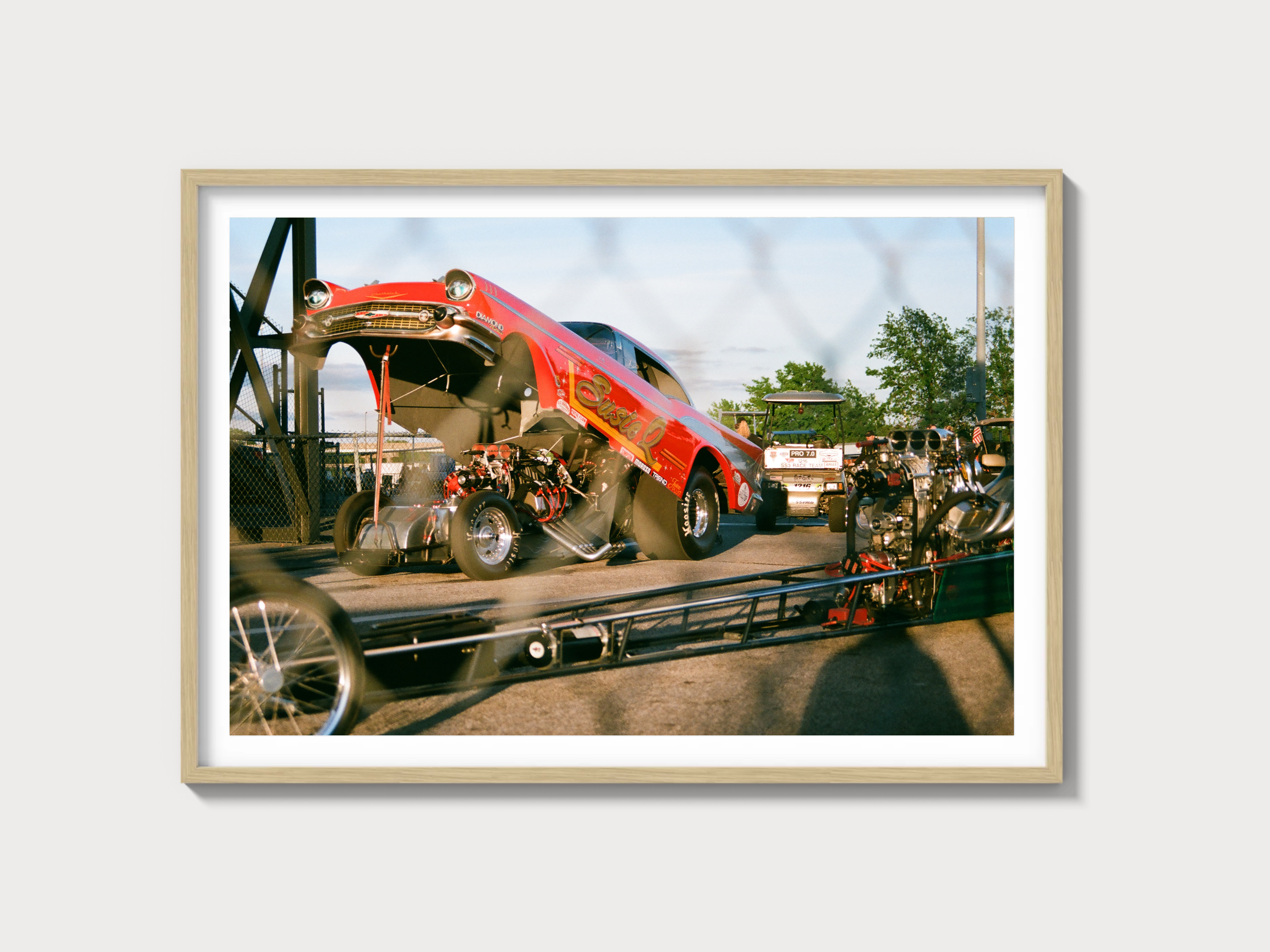1967–1972 Chevrolet C/K Series Base (2nd Gen): The Action Line Workhorse
Historical context and development background
Chevrolet’s second-generation C/K pickups—internally known as the “Action Line”—arrived for 1967 with a brief that sounds commonplace now but was daring then: make a full-size truck ride and feel more like a passenger car without surrendering payload, durability, or ease of service. The result was a cleaner, wind-cheating body with integrated side sculpting, a quieter cab, and a suspension tune that moved the game on from the leaf-sprung status quo.
At corporate level, the program aligned with GM’s late-1960s strategy to civilize light trucks as dual-purpose personal-use vehicles. The C/K nomenclature continued: C signified 2WD; K denoted 4WD. Within each, Chevrolet offered 10, 20, and 30 series (half-, three-quarter-, and one-ton ratings). The Base specification remained the entry point—steel wheels with dog-dish caps, minimal brightwork, rubber floor mat, painted bumpers—and, crucially for cost-conscious buyers, the stalwart inline-six with a column-shifted three-speed.
Design-wise, 1967 introduced the now-iconic full-width grille and a cab with improved ergonomics and visibility. The 1967 model year is noted for its small back window (a full-width rear glass became standard for 1968 onward). Year-over-year detail changes followed: grille revisions for 1969, interior trim and instrumentation improvements, and a major functional leap in 1971 with standard front disc brakes on most 2WD light-duty models. Chevrolet’s half-ton coil-spring rear with trailing arms (standard on 2WD since the previous generation) remained a differentiator, bringing a more polished ride than leaf-sprung rivals.
In motorsport and enthusiast circles, second-gen C/Ks were a grassroots staple rather than factory-backed stars. Privateers used them in desert events, local drag brackets, truck pulls, and autocross-style “industrial league” challenges. The competitive set was formidable: Ford’s 1967–1972 F-Series (leaf-sprung but tough and widely optioned), Dodge’s D-Series, and International’s pickups. Chevrolet’s proposition—ride quality, broad powertrain spread, and huge dealer support—kept the C/K at the front of the sales story.
Engine and technical specs
The Base engine on most half-ton C10s in this era was the 250 cu in (4.1 L) inline-six, with the 292 cu in (4.8 L) six as a torque-rich option. Small-block V8s ranged from 283 and 307 to 327 (late-1960s) and 350, while big-block power arrived via the 396/402. Note that 1971–1972 adopted SAE net power ratings, so published figures appear lower despite near-identical hardware.
| Engine | Configuration | Displacement | Horsepower (factory) | Induction | Redline | Fuel system | Compression | Bore x Stroke |
|---|---|---|---|---|---|---|---|---|
| 250 inline-six (Base) | OHV I6, iron block/head | 250 cu in (4.1 L) | Approx. 155 hp (SAE gross, 1967–70); ~110 hp (SAE net, 1971–72) | Naturally aspirated | Factory clusters lacked a marked redline; practical limit ~4,800 rpm | 1-bbl carburetor (Rochester) | Typically ~8.0–8.5:1 (varies by year) | 3.875 in x 3.53 in |
| 292 inline-six (option) | OHV I6, iron block/head | 292 cu in (4.8 L) | Approx. 170–175 hp (SAE gross); lower net ratings 1971–72 | Naturally aspirated | ~4,600–4,800 rpm typical truck tune | 1-bbl carburetor | ~8.0:1 (typical) | 3.875 in x 4.125 in |
| 283/307 small-block V8 | OHV 90° V8 | 283/307 cu in | Approx. 195 hp (283 gross); ~200 hp (307 gross) | Naturally aspirated | ~4,800–5,000 rpm | 2-bbl carburetor | ~8.5–9.0:1 (varies) | 3.875 x 3.00 (283); 3.875 x 3.25 (307) |
| 327/350 small-block V8 | OHV 90° V8 | 327/350 cu in | Gross ratings commonly 240–255 hp (varies by year/tune) | Naturally aspirated | ~5,000 rpm | 4-bbl carburetor (Rochester Quadrajet/Carter) | ~8.5–10.0:1 (varies) | 4.00 x 3.25 (327); 4.00 x 3.48 (350) |
| 396/402 big-block V8 | OHV 90° V8 | 396/402 cu in | Factory gross ratings around 300 hp (truck tune; varies) | Naturally aspirated | ~4,800–5,000 rpm | 4-bbl carburetor | ~9.0:1 typical truck tune | 4.094/4.125 x 3.76 |
Gearboxes included a column-shifted 3-speed manual as the base fitment, heavy-duty 4-speeds (SM420 early, transitioning to SM465), and automatics ranging from the Powerglide (late 1960s) to Turbo-Hydramatic 350/400 depending on series/engine.
Driving experience and handling dynamics
In base six-cylinder form, the Action Line’s personality is defined by a steady, unburstable torque curve and an unhurried, mechanical honesty. The long-stroke six idles with a calm lope, and the column-shifted three-speed—when properly bushed and adjusted—snicks with surprising precision. Throttle response is tempered by conservative jetting and distributor advance for longevity and economy, yet midrange pull feels stronger than the paper numbers suggest.
Ride and handling are the C10 2WD’s calling cards. The independent front suspension with coil springs and the rear coil-sprung trailing arms keep the truck settled on broken pavement and minimize axle hop when unladen. Compared with contemporary leaf-sprung rivals, the Chevrolet feels less choppy and more composed. Steering ratio is leisurely by car standards; manual boxes are honest but heavy at parking speeds, while factory power assist transforms low-speed maneuvering. Brake feel is period-typical on 1967–1970 drum-brake trucks; the 1971 disc-brake change delivers a clear step up in straight-line stability and confidence, especially under load.
K-series 4x4 models ride more firmly on leaf springs front and rear with a live front axle. They communicate the road (and trail) with clarity; on gravel and farm tracks, the ruggedness makes sense, while the Base cabin’s simplicity—bench seat, steel door cards, minimal sound deadening—speaks to durability first.
Full performance specs
Published acceleration varied widely with engine, axle ratio, bed length, and drivetrain. Chevrolet did not standardize performance claims for these working trucks. The figures below are representative ranges from period configurations; consult specific road tests or build sheets for exact numbers on a given vehicle.
| Metric | Specification (typical ranges, 1967–1972) |
|---|---|
| 0–60 mph | ~10.5–18.0 seconds (V8 to base I6, axle and weight dependent) |
| Top speed | ~85–100 mph (engine/axle dependent) |
| Quarter-mile | ~17.5–22.5 sec (engine/weight dependent) |
| Curb weight | Approx. 3,400–4,400 lb (C10 short-bed I6 to K20 V8) |
| Layout | Front-engine; RWD (C) or 4WD (K) |
| Brakes | Drums all around (1967–1970 most models); front discs standard on many 1971–1972 2WD light-duty models |
| Suspension | C10 2WD: IFS with coils; rear coil-sprung trailing arms (leaf-spring HD option). K-series: live axles with leaf springs |
| Gearbox | Column 3-speed manual (base); HD 4-speed (SM420 early/SM465 later); Powerglide (select years); TH350/TH400 depending on engine/series |
Variant breakdown (series, trims, and notable differences)
“Base” denotes the entry equipment level within each series; it could be ordered on C10, C20, C30 (2WD) and K10, K20, K30 (4WD) in multiple cab/bed configurations.
- Series: C10 (1/2-ton), C20 (3/4-ton), C30 (1-ton); K10/K20/K30 for 4x4 counterparts.
- Bed styles: Fleetside (smooth sides) and Stepside (separate fenders), short and long wheelbases. The C20 “Longhorn” variant (1968–1972) used a 133-inch wheelbase with an 8.5-foot Fleetside bed.
- Base trim content: painted bumpers and grille, steel wheels with small caps, vinyl bench, rubber floor mat, minimal brightwork, 3-speed manual, 250 I6. Options could be added à la carte.
- Trim ladder by era: 1967–1968: Base, Custom, CST (Custom Sport Truck, introduced for 1968). 1969–1970: Base, Custom, CST (details and badging updated). 1971–1972: Base, Custom Deluxe, Cheyenne, Cheyenne Super.
- Brakes: 1971 ushered in front discs across most light-duty 2WD models, a key year-to-year differentiator in the driving experience.
- Engines: Inline-sixes standard; small- and big-block V8s optional depending on series and GVW.
Note on production numbers: Chevrolet published aggregate pickup totals by series and year, but granular, verified figures split specifically by “Base” trim within each series are not individually reported in factory summaries.
Ownership notes
- Maintenance cadence: Period recommendations typically called for engine oil changes around 3,000 miles/3 months in normal service, with more frequent intervals under severe duty. Chassis lubrication points (ball joints, tie-rod ends, driveshaft carrier bearing, and U-joints) require periodic greasing.
- Valve train: Many Chevrolet truck engines of this era use hydraulic lifters; some 292 inline-six applications may be equipped with mechanical lifters requiring lash checks—verify by engine suffix code and service manual.
- Cooling and fuel: Radiators, heater cores, and fuel-sender units are straightforward to service. Carburetors (Rochester/Carter) respond well to proper rebuild and heat-soak mitigation.
- Common wear points: Steering coupler (“rag joint”) and idler arm play, trailing-arm bushings, leaf-spring shackle bushings (where fitted), carrier bearings on two-piece driveshafts, cracked exhaust manifolds on sixes, and instrument-cluster printed-circuit faults.
- Rust watch-list: Lower fenders behind the wheel, cab corners, inner/outer rockers, floor pans, cab supports, windshield/cowl area, battery tray, bed crossmembers, and the rear trailing-arm crossmember.
- Parts availability: Excellent for wear items and body panels, with broad aftermarket support for trim, weatherstripping, suspension, and brake upgrades. Original-type big-block cooling and 4x4-specific hardware can be more specialized but remain obtainable through marque suppliers.
- Restoration difficulty: Body and paint consume most budgets; mechanicals are robust and well-documented. Electrical systems are simple, but quality grounds and bulkhead-connector maintenance are essential.
Cultural relevance
Second-gen C/Ks occupy a sweet spot between classic styling and modern usability. The Base-spec trucks, often preserved by virtue of having been workhorses rather than hot rods, are fertile ground for sympathetic restorations or period-correct upgrades. They’re fixtures in American farm and ranch iconography, favorites in custom and lowrider circles (particularly short-bed Fleetsides), and widely supported by a cottage industry of restorers and parts houses.
Collector enthusiasm tends to concentrate around 1971–1972 disc-brake trucks and short-bed configurations, with premium paid for well-documented, rust-free examples and high-spec trims. Base trucks with factory documentation and correct drive-line parts are increasingly appreciated for their unadorned honesty.
FAQs
What engines were standard on Base models?
The 250 cu in inline-six was the typical Base engine on C10s through this generation. The 292 inline-six and a range of small-block V8s were optional, with availability varying by series and year.
How do 1971–1972 trucks differ mechanically?
Most notably, they gained front disc brakes on many 2WD light-duty models, improving stopping power and pedal consistency. Minor interior and grille updates also distinguish the final two years.
Are Base models underpowered?
In stock form, the 250 I6 prioritizes torque and durability over outright speed. With proper gearing (3.73–4.11 common on work trucks) and carb/ignition in good health, they pull cleanly and cruise comfortably at legal speeds. V8 trucks feel noticeably quicker.
What are the known rust areas?
Lower fenders, cab corners, rockers, floor pans, cab supports, the cowl/windshield frame, battery tray, bed floor and crossmembers, and the rear trailing-arm crossmember on C10s.
Which rear axles and ratios are common?
Half-tons typically use the GM 12-bolt rear axle; three-quarter-tons often carry HO52/HO72 (Eaton) or Dana units. Common ratios include 3.07, 3.73, and 4.11, with heavy-duty/towing packages skewing shorter.
Is parts support strong for Base-spec interiors and trim?
Yes. From rubber floor mats and seat upholstery to steel wheels and dog-dish caps, reproduction and NOS channels cover most Base items. Verify early/late-year differences in grilles, badges, and dash components.
Any period-correct upgrades worth doing?
Factory-style front discs for 1967–1970 2WD trucks, heavy-duty cooling for V8 or towing duty, correct-ratio steering boxes, and improved headlamps are popular. Keep changes reversible to preserve originality.
What makes a Base truck desirable to collectors?
Originality, clean sheetmetal, correct drivetrain with documentation, and honest presentation. Short-bed trucks and 1971–1972 disc-brake examples attract the broadest audience, but well-preserved long-beds have a strong following among purists.




